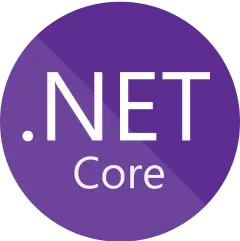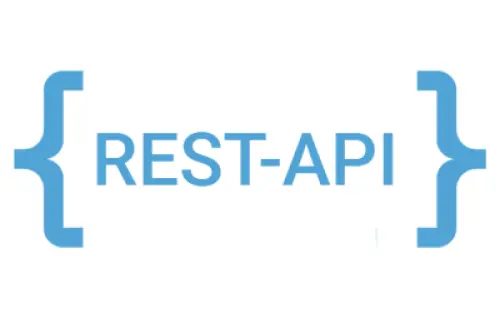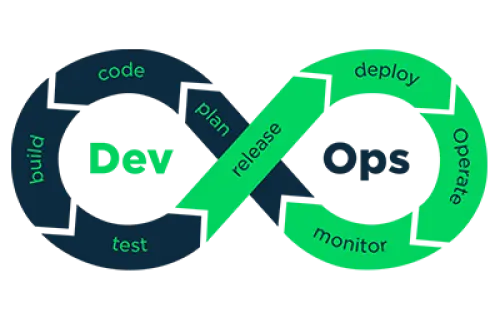DIGITAL TRANSFORMATION
Enterpise Integration
Developer's Guide
HTTP GET: Getting a list of elements of type Entity
HTTP GET: Getting a specific Element of the Entity Type
HTTP PUT: Editing an Entity Type Element
HTTP POST: Creating a new Element of Entity Types
HTTP POST: Doing an Action for Element of Entity Types
HTTP POST: Creating an new element Sub-Entity of Types
HTTP DELETE: Deleting the element of Entity Types
The MEF.DEV Enterpise Integration provides accelerated development, hosting, and application management capabilities for independent developers and teams based on the IoC Container Composition through an agile development process based on continuous integration principles. It has a user-friendly interface that simplifies the process of developing integration applications with a good level of service agreement and based on enterprise-approved standards for authorization, authentication, managed deployment with standardized approaches to monitoring and SOX controls.
| You team | You team |
|---|---|
|
define goals and scope |
examines current business processes, existing legacy landscape to identify a potential transformation plan that meets your business goals. |
|
define features |
map these to security requirements, regulations, and proposed technology platforms for custom software development |
|
craft requirements |
help to complete with a project schedule, estimated timelines, and clearly explained costs. |
|
We do evelopment together - you orchestrate, create business logic and omnichannel with low-code, we complete backend and servicing, secure your backend IT operation. Business analytics, programmers, and architects solidify the result due business-centric approach. |
|
|
The digitalized platform helps to generate code, do testing, and guided delivery - you monitor the progress, measure bottlenecks, and requested changes. A smooth rollout includes versioning, auto-documentation, user accounts, and configuration management. |
|
|
independently orchestrate changes and leverage the future development |
can provide training and technical support in several forms to keep your new solution functioning, respond to reported issues and tackle your next big requirement. |
Since the beginning of the migration project, the NATEC R&D development team has established itself as a team of professionals who know and understand both telecommunications business processes and technologies that can be used to achieve the projects task, in the most effective manner possible, showing genuine interest in creating long-term business value for the Veon Group in Ukraine. I highly recommend working with this team of digital transformation experts. They were able to significantly change the existing approaches to service management and in a really short time created a complex BSS solution based on MEF.DEV with all the flexibility and scalability inherent in this platform.
Technology stack





Open API
The REST API, as the important element of the MEF.DEV platform, expands the plugins' functionality available on it, by exposing its resources (for example, accounts, subscribers, and services from BSS plugin), using unique URI values for external interaction (system-to-plugin) or the names of entities within the same domain for internal (plugin-to-plugin) interaction. To use REST API, you just need to send an HTTP request and parse the response. The REST API uses JSON or XML as the data format in combination with standard HTTP methods. Unique URI values are automatically exposed by MEF.DEV platform when a specific version of data models (entities) is published.

Smooth DevOps
We want to improve your development workflow with MEF.DEV or API integration - for this reason, we created a flexible and continuous integration tool for the enterprise SDLC process based on guided versioning, configuration management and auto-rollback features. We offer the general plugin (this is just one file) that can be used in the process of self-development of applications - you can also get "out of the box" automatically generated documentation for the self-designed entities, created based on decorator attributes.

Container Composition
MEF.DEV entities provide access to business logic or/and specific (native) data interaction using the Managed Extensibility Framework (MEF) and canonical data models. The MEF is much more than Dependency Injection or Inversion of Control - it gives enterprise developers easier configuration and consistent management in larger projects without worrying about when, where, or how a particular application/plugin/module is configured, and no matter how they use the embedded or related application/plugin/module - getting exactly the implementation they want. In other words, after one developer publishes the plugin into the MEF.DEV platform, other developers, creating other plugins, based on that, can use this plugin or its new version in real-time - i.e. "on the fly".




